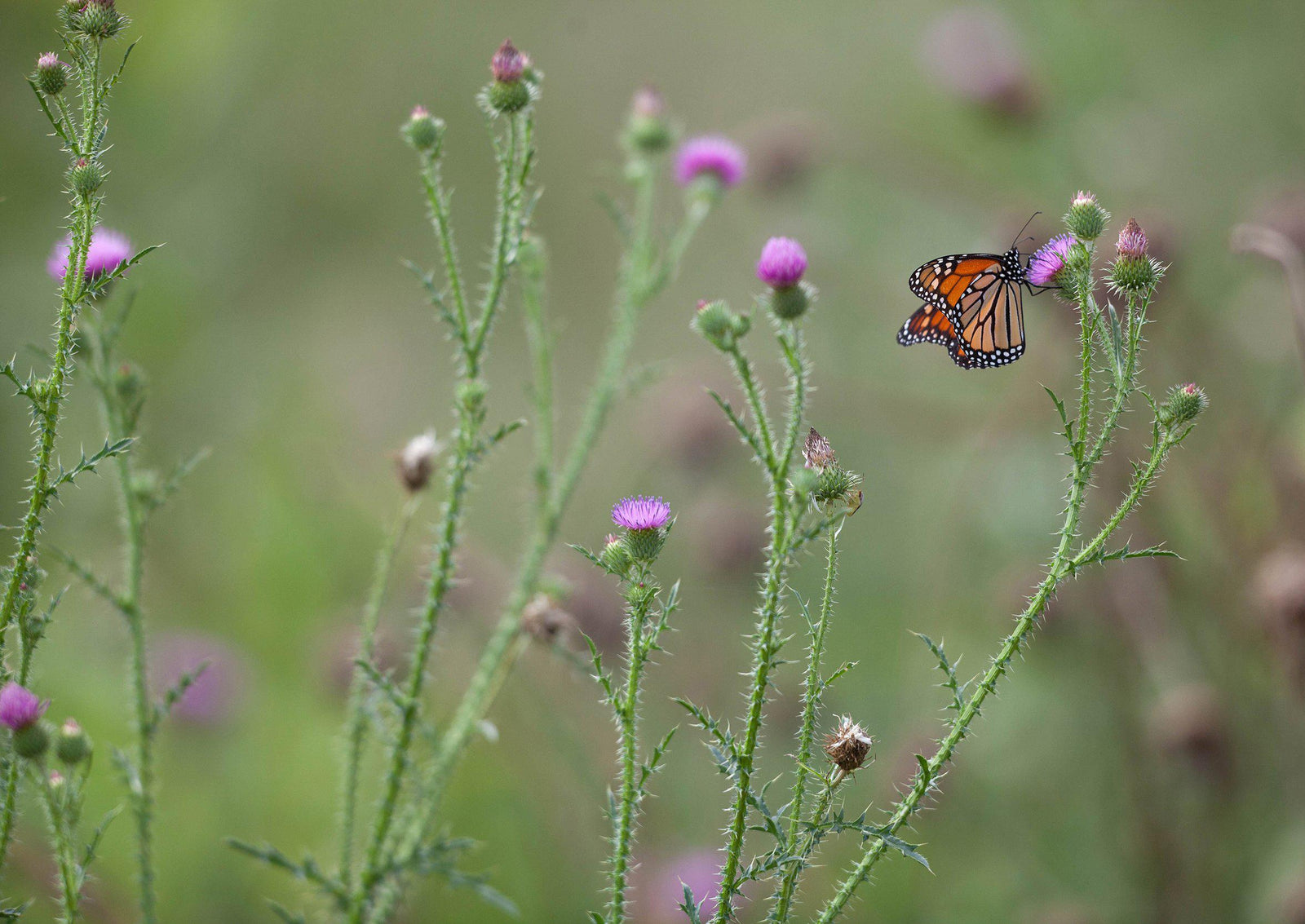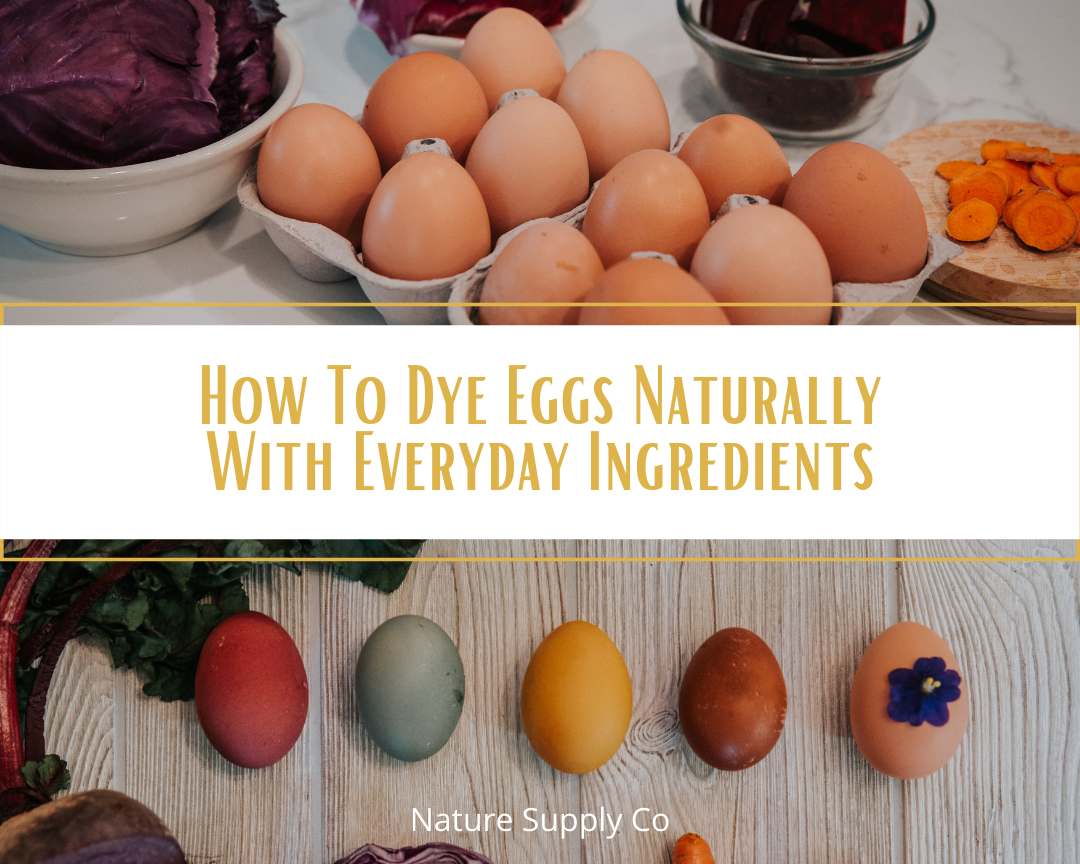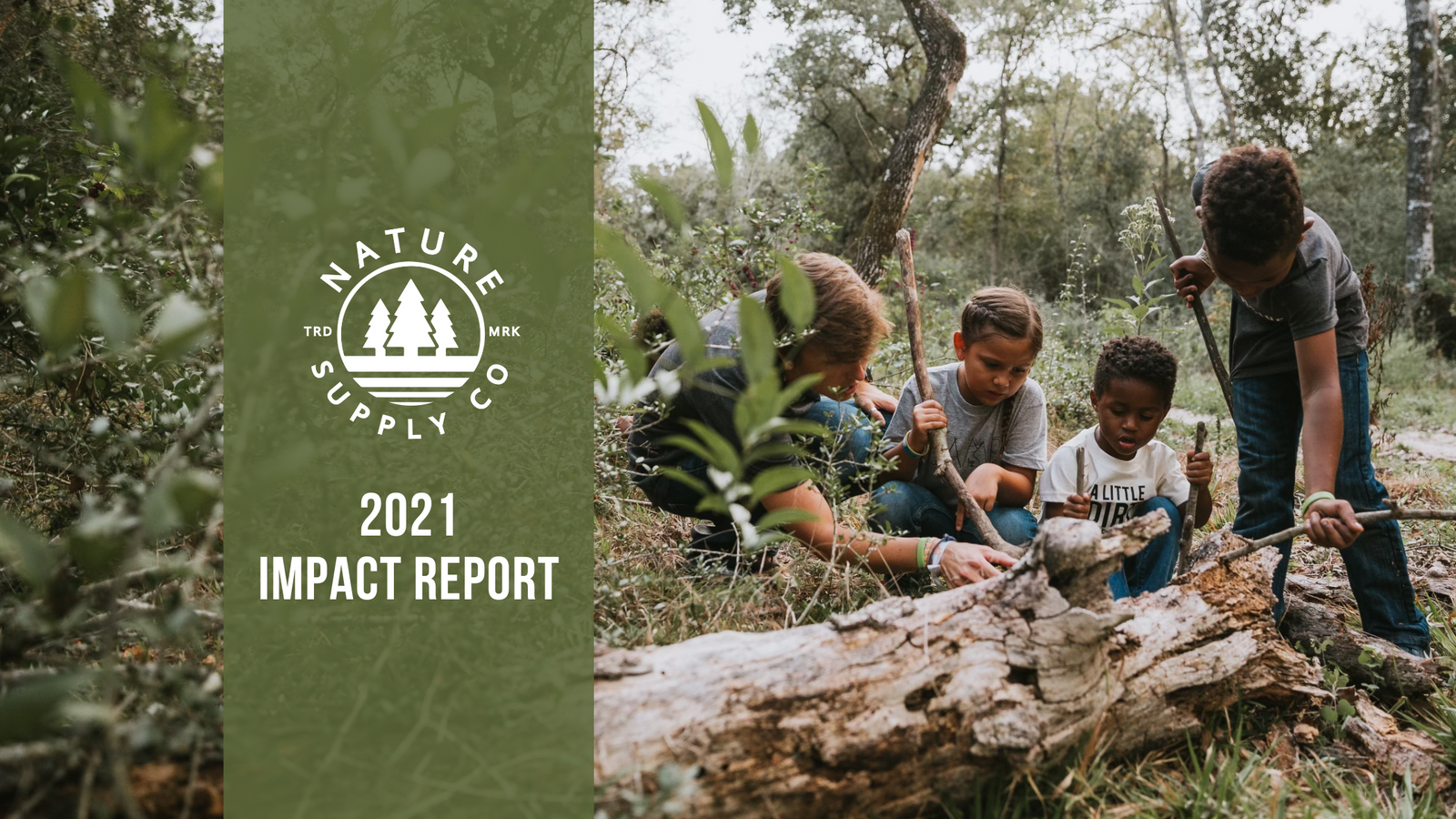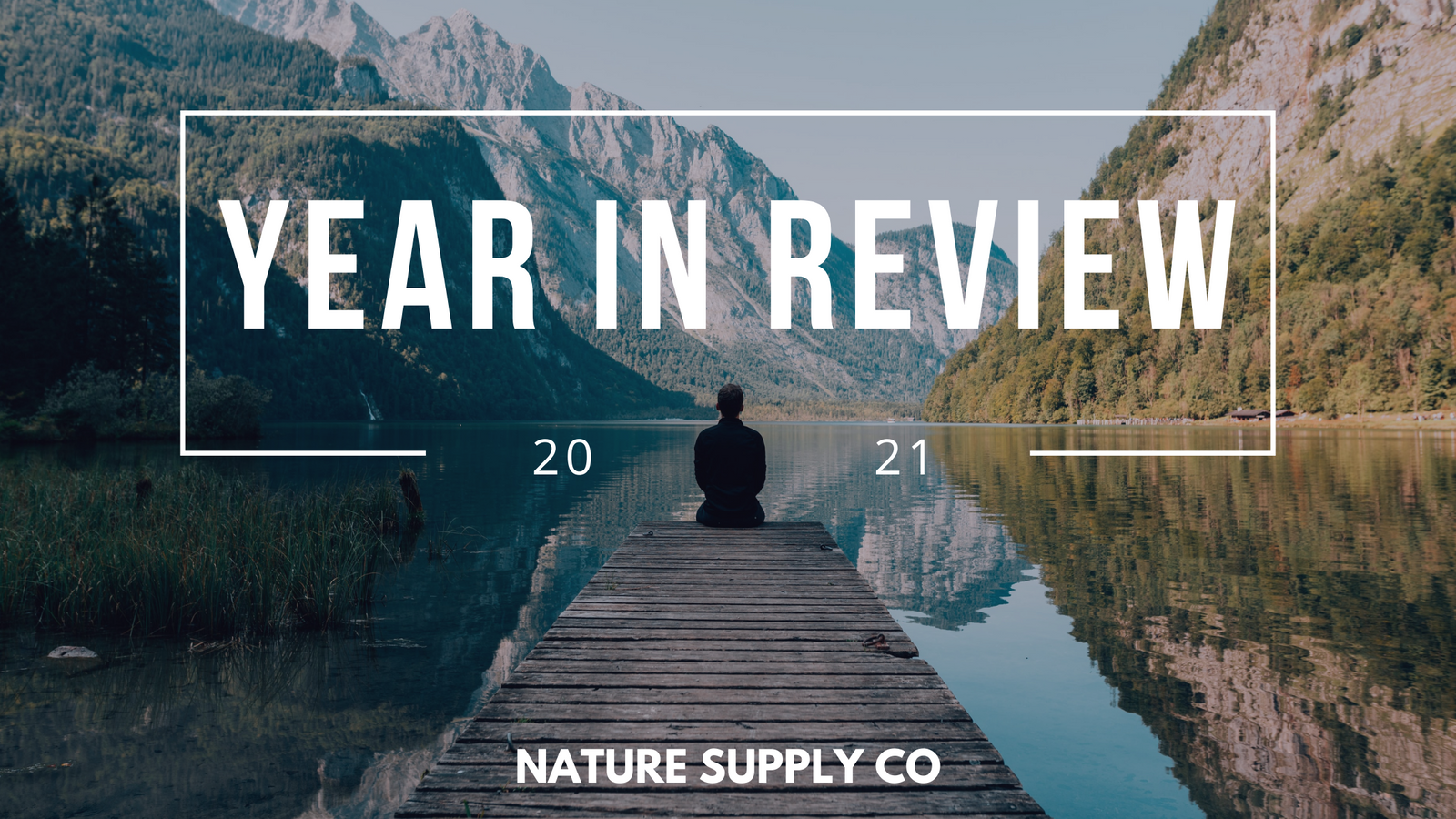Pollinators are declining at alarming rates and we here at Nature Supply Co are continually looking for ways to support the efforts to correct this trend. We receive a lot of questions about planting for pollinators in our social media feed...what to plant, how to plant it, is it even helpful or safe? In a 2015 study of the laying habits of Monarch butterflies, Brian Cutting and Douglas Tallamy found that Monarchs were 2.0-6.2 times more likely to lay their eggs in gardens than in natural sites (you can read more about their findings here). Planting your garden, container pots, or landscaping has never been more powerful, so let's restore these habitats through the use of thoughtful planting!
Start by researching the native plants in your area. Native plants are more likely to attract pollinators than exotic plants are. They are built for your climate and environment, and are more likely to withstand conditions your area may face like frost, drought or varying soil qualities...healthier plants means more bang for your buck, and will ultimately provide a better pollinator habitat.
Once you have researched native plants in your area you will want to plan for the 4 seasons (depending on your zone) and choose several host, nectar-producing and pollen-producing plants to build your pollinator garden. We are including some of our favorites to plant in a list below, this list will definitely vary depending on your zone and planting location.

Prepare your site. Providing a wind break and damp area where butterflies and bees can obtain minerals from the soil and hydrate will promote an abundance pollinators. Choose a sunny location if at all possible, most flowers thrive with 6-8 hours of sun. Including roosting areas such as shrubbery, trees, logs and rocks for your pollinators to rest on. Keep it organic. Pesticides and herbicides are harmful to bees, butterflies and caterpillars. You want to avoid them at all costs.
Plant your plants in clusters rather than in single flowering plants. Clusters of plants will create the most productive area per square foot for pollinators to get down to business! Plant for the seasons as well, varying blooming times near each other so that you do not end up with a 'dead zone' during one season.

Save and scatter seeds! There is a season where your pollinator garden will put off seeds...this is just as critical as the rest of the year when everything is blooming. Gather the seeds carefully and either preserve them for the following year or scatter them in new areas where pollinator plants would be welcome.
The best part is enjoying the fruits of your labor! We have learned so much as we have planted, researched species and observed the pollinators in our garden. The beautiful visitors to our garden remind us of how precious our earth is and how important our responsibility is to care for it. We'd love to answer any questions you may have about your own pollinator garden! Comment on our instagrampost and we will be sure to get back to you!






Leave a comment (all fields required)